Are you frustrated by paint bubbling and blistering on your walls or ceilings? Nothing can ruin the look of a freshly painted room faster than unsightly bubbles and blisters. But fear not, with some expert advice, you can identify the cause of the problem and find the best solution to resolve it.
In this article, we will guide you through the process of identifying what’s causing your paint to bubble and blister, choosing the right tools and techniques to fix it, and even prevent future issues from arising. With our help, you’ll be able to restore your home’s visual appeal without having to spend a fortune on professional painting services. So let’s dive in!
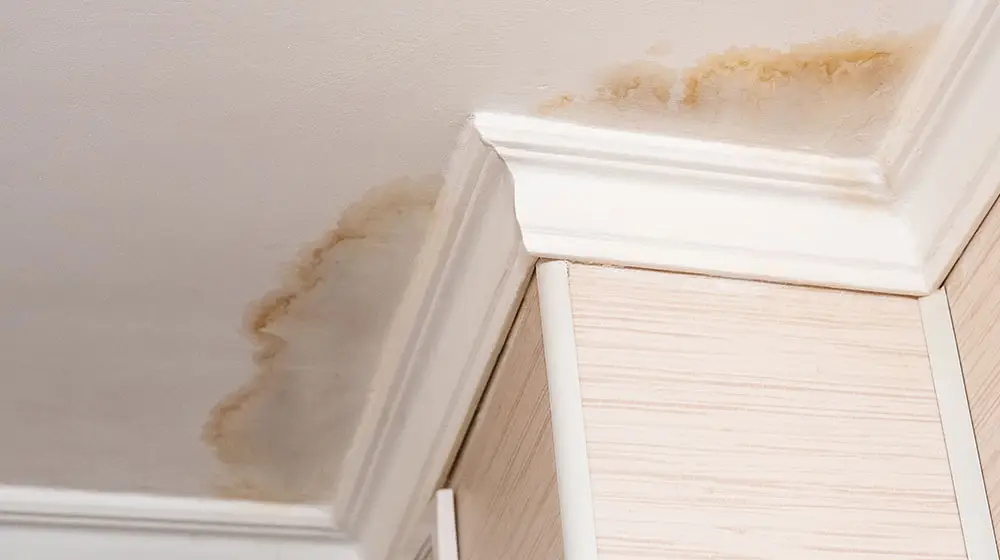
Identify the Cause of the Problem
If you notice paint bubbling and blistering, it’s crucial to figure out the root cause, like a hidden leak or excessive moisture buildup. Common causes of these issues can include inadequate surface preparation, low-quality paint products, poor ventilation in the area where the painting is done, and exposure to extreme weather conditions. Also, if there are any signs of water stains, check out our guide on who to call for water damage.
To prevent these problems from occurring in the future, homeowners should take measures such as properly cleaning and priming surfaces before painting, using high-quality paint products with adequate coverage for the job at hand, ensuring proper ventilation during painting projects by opening windows and doors or using fans if necessary, and avoiding painting during particularly humid or rainy weather conditions. By taking these steps to identify potential causes of paint bubbling and blistering before they occur and implementing preventative measures where possible, homeowners can save themselves time, money, and headaches down the road.
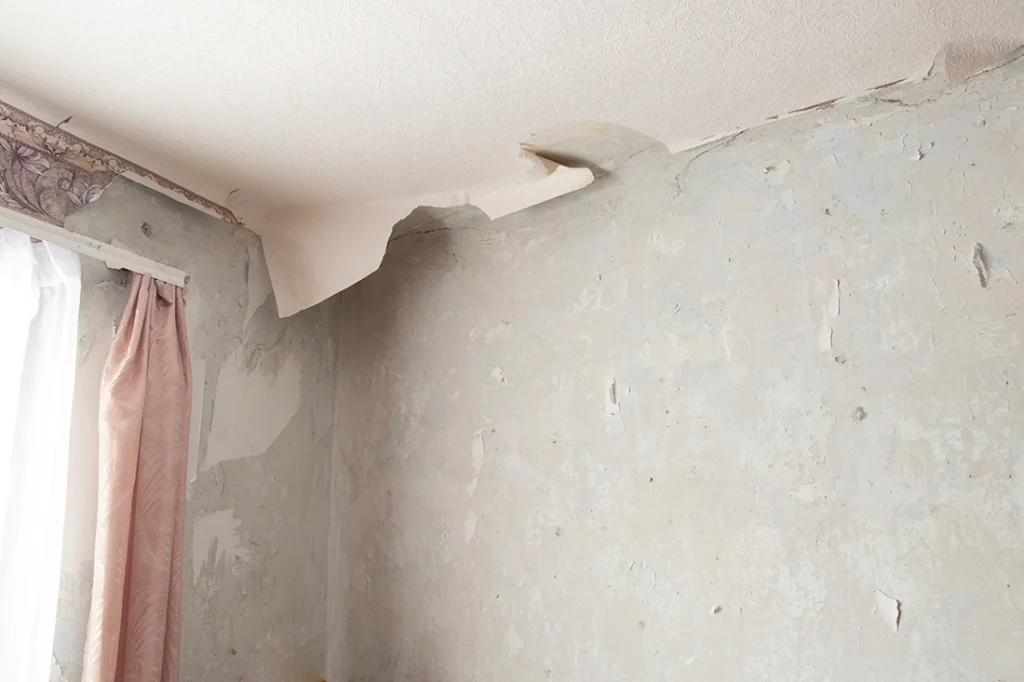
Determine the Best Solution
To tackle the frustrating issue of paint blisters and bubbles, it’s crucial to first identify the root cause. Once you have pinpointed the culprit, it’s time to explore the best course of action. There are two viable options: addressing the problem yourself or enlisting the help of professionals.
If you possess the necessary DIY skills and the affected area is relatively small, you may attempt to fix the paint blisters and bubbles on your own. However, it’s important to consider that if the problem is extensive or stems from underlying issues such as excess moisture, seeking the expertise of professionals may be the best approach. Hiring skilled painting experts can save you time and effort while ensuring a long-lasting resolution. They will assess the situation thoroughly and provide appropriate recommendations tailored to address the specific problem. Ultimately, the choice between DIY or professional assistance depends on your comfort level with painting tasks and the severity of the issue at hand.

Use the Right Tools and Techniques
Using the proper tools and techniques can make all the difference in achieving a flawless paint job that will leave you feeling proud of your home. Here are some helpful tips to ensure that you’re using the right equipment and methods:
- Proper Preparation: Before starting any painting project, it’s important to prepare surfaces properly by cleaning them thoroughly, sanding rough areas, and filling holes or cracks with spackle. This will help ensure a smooth finish and prevent bubbling or blistering from occurring.
- Quality Products: Investing in high-quality paint brushes, rollers, and paint can significantly improve your results. Cheap brushes may leave streaks or shed bristles, while low-quality paint may not adhere properly, leading to peeling or cracking.
- Avoiding Common Mistakes: Some common mistakes include applying too much paint at once, not allowing enough drying time between coats, and forgetting to prime certain surfaces before painting. By avoiding these pitfalls, you can achieve a professional-looking finish that lasts.
- Technique Matters: Finally, pay attention to your technique when painting – use long strokes for an even coat of paint; avoid drips by tapping excess off your brush; and don’t apply too much pressure as this could cause bubbles or blisters.
By following these simple steps and using the right tools and techniques for your particular project, you’ll be able to achieve a beautiful new look for your home without having to worry about issues like bubbling or blistering ruining your hard work!
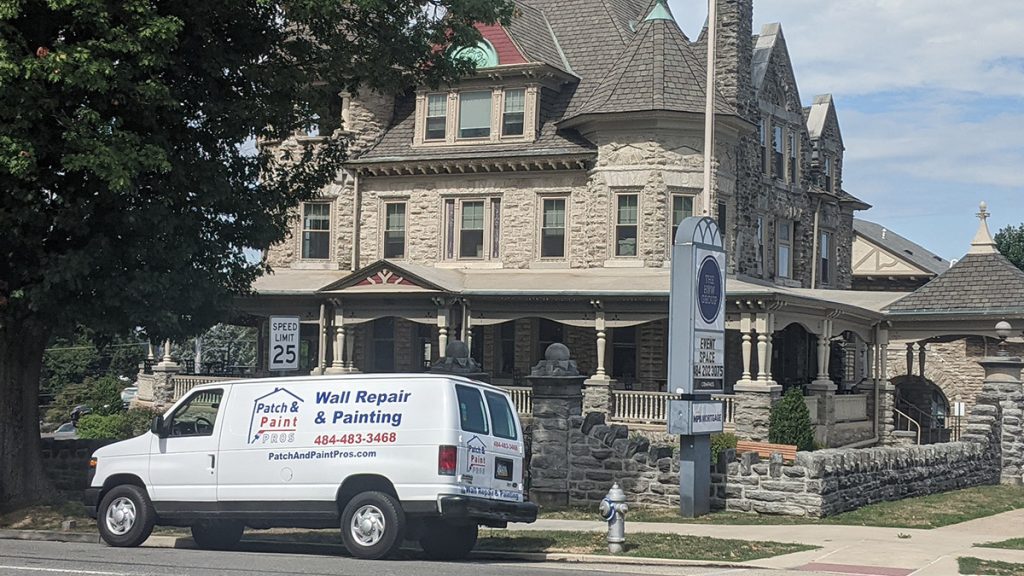
Seek Professional Help
If you find that your painting project is beyond your level of expertise, it’s time to call a professional. Choosing the right painting contractor can be overwhelming, but asking for references and a portfolio can help you make an informed decision. Don’t hesitate to seek professional help when needed to ensure a successful and long-lasting paint job.
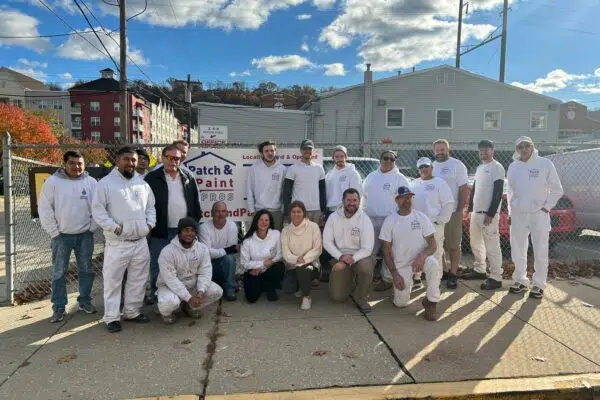
When to Call a Painting Professional
Don’t hesitate to reach out to a pro if you’re feeling overwhelmed or frustrated with paint issues like bubbling and blistering. Although there are DIY options available, sometimes the problem may be more complex than it appears. Here are some signs that indicate you should consider calling in a professional:
- The paint is peeling off large areas of your walls.
- You notice mold or mildew growth underneath the paint.
- The affected area is constantly exposed to moisture.
- You’ve tried DIY methods but the issue keeps recurring.
In these cases, it’s best to let a professional handle the job to ensure that it’s done properly and efficiently. They have the knowledge, expertise, and tools necessary to diagnose and fix the underlying issue causing the paint problems, preventing them from happening again in the future. Remember, investing in a pro can save you time, money, and unnecessary frustration in the long run!

Choosing the Right Painting Contractor
Hiring the right painting contractor can make all the difference in achieving a flawless, professional-looking paint job for your home. When it comes to contractor selection, it’s important to do your research and ask for references from previous clients. Look for contractors who have experience with the specific type of project you need done and who are licensed and insured.
Pricing options can also be an important factor in deciding on a painting contractor. While it may be tempting to go with the lowest bid, remember that quality workmanship is worth investing in. Be sure to get multiple quotes and compare them carefully before making a decision. A good painting contractor will provide a detailed estimate that includes materials, labor costs, and any additional fees or charges upfront so there are no surprises later on. Ultimately, choosing the right painting contractor can save you time, money, and headaches down the road.

Asking for References and Portfolio
Asking for references and a portfolio is crucial in ensuring that the painting contractor you choose has a proven track record of delivering high-quality work. This step is important because it gives you an idea of the caliber of work the contractor can produce. When asking for recommendations, make sure to ask questions about their experience working with the contractor such as:
- How was their communication during the project?
- Did they complete the job on time and within budget?
- Was there any issues with quality or workmanship?
- Would they hire this contractor again?
Additionally, checking experience through a portfolio will give you a visual representation of what kind of projects they have completed in the past. Make sure to look for photos that are similar to your project, so you can get an idea of how well their skills match your needs. By doing these two things, you can ensure that you’re hiring someone who will do great work on your home’s paint job.
Remember, it’s okay to be thorough when choosing a painting contractor. Your home is one of your biggest investments, so it’s important to take steps to protect it and ensure that any improvements made are done correctly. By taking these steps upfront, you’ll save yourself time and money in potential repairs down the road.
Prevent Future Issues
To safeguard against the occurrence of paint bubbles and blisters, it is essential to adhere to proper surface preparation techniques. This involves conducting regular maintenance on the painting surfaces to ensure they are clean, dry, and devoid of loose or peeling paint. Additionally, selecting high-quality paint and following the manufacturer’s guidelines for application is crucial.
Achieving a well-prepared surface is paramount in preventing issues such as paint bubbling and blistering. Initiate the process by diligently cleaning the surface using soap, water, or a degreaser if necessary. Ensure that all dirt, grime, and debris are thoroughly eliminated before proceeding with further preparation steps. Next, address any rough areas or spots with peeling or flaking paint by sanding them down until they become smooth and uniform. Lastly, apply a primer coat before painting to promote proper adhesion between the existing surface and the fresh coat of paint. By diligently following these steps, you can enjoy a long-lasting paint film that remains free from bubbling or blistering over time.
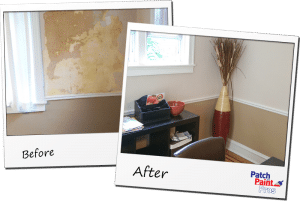
Final Thoughts
To effectively combat paint bubbling and blistering, it is crucial to pinpoint the root cause of the issue. Once you have identified the underlying problem, employ the appropriate tools and techniques to rectify it with precision. If needed, consider seeking professional assistance. However, remember that prevention plays a vital role in averting future complications.
Maintaining vigilance over the moisture levels within your home and promptly addressing any leaks or damage is instrumental in preventing excessive humidity that can lead to paint problems. Furthermore, opting for high-quality paints and diligently following proper application procedures are essential for achieving a durable and enduring paint coat. By implementing these preventive measures, you can safeguard the integrity of your fresh paint, preventing air bubbles and paint blistering. Ultimately, this proactive approach will contribute to maintaining a beautiful exterior for years to come.





